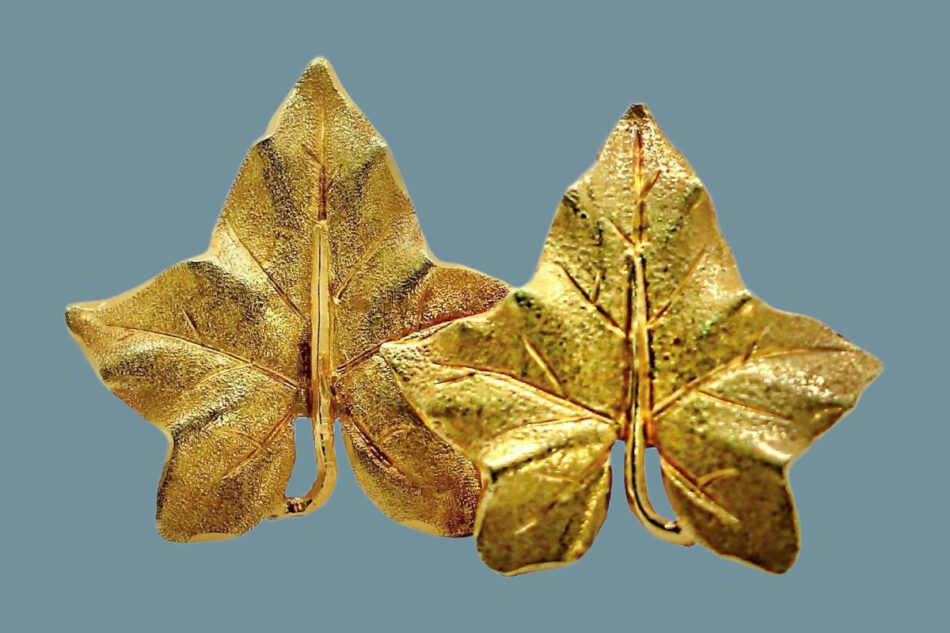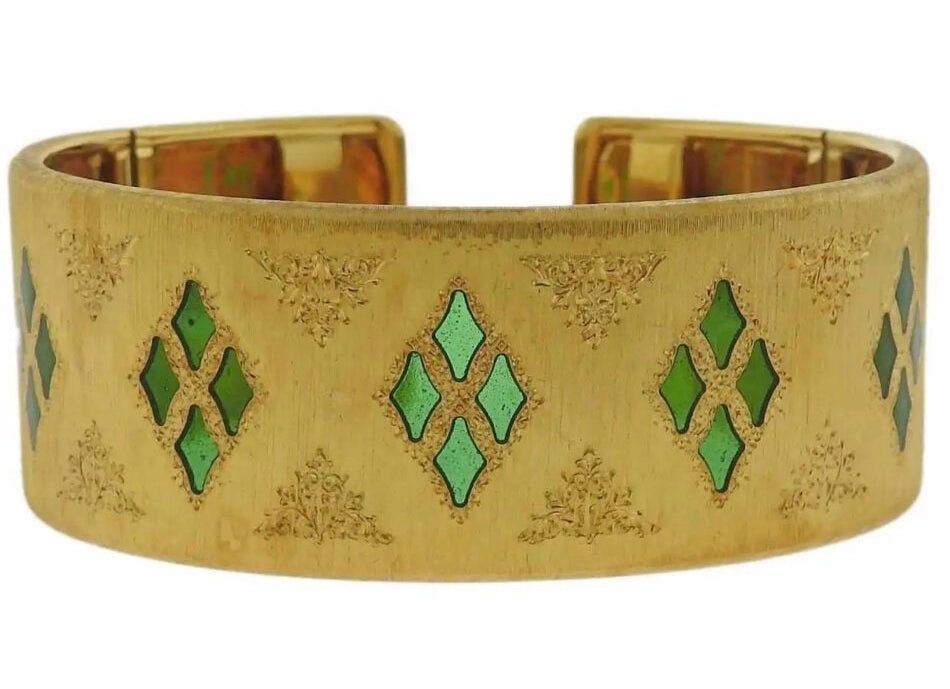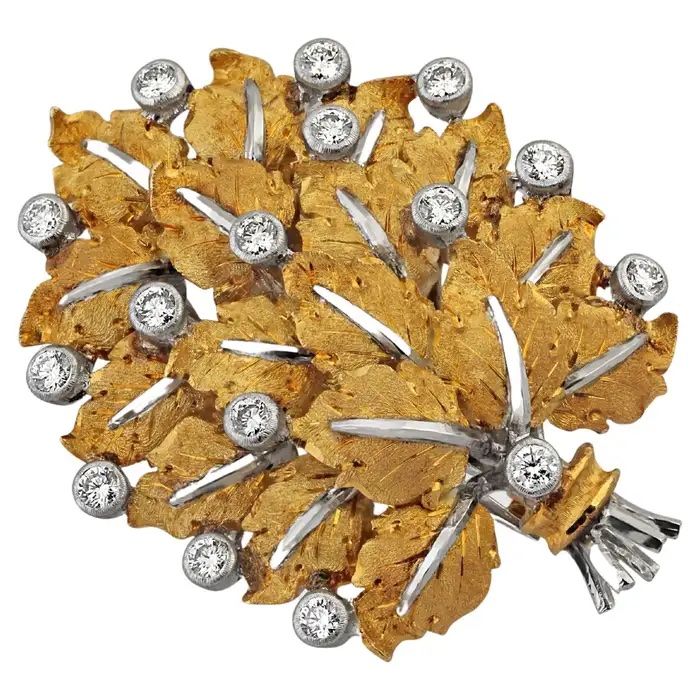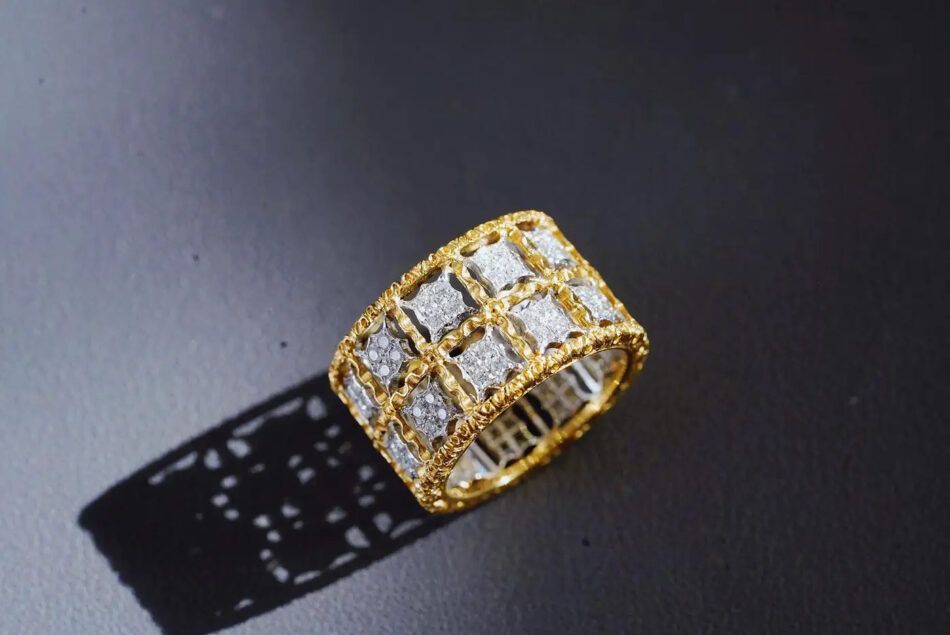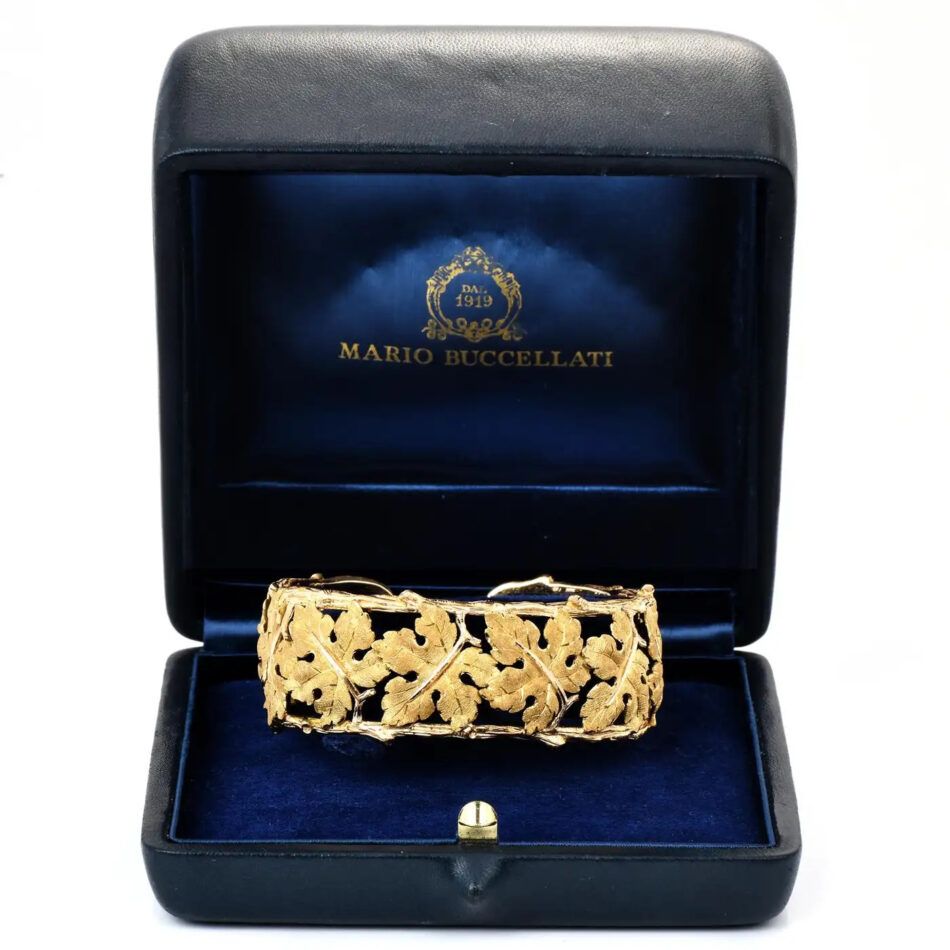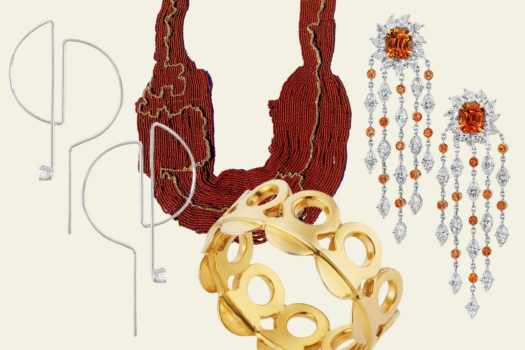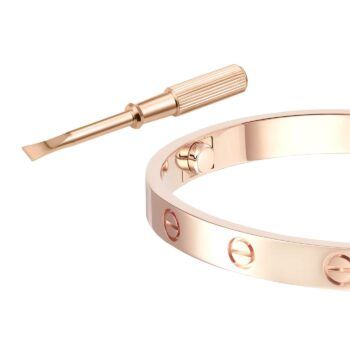“Tastes have changed with consumers over the years, but confidence in luxury-branded items remains strong,” says Michael Burns, a certified gemologist and second-generation jeweler at Benchmark of Palm Beach. One of the luxury brands whose pieces, both vintage and contemporary, are consistently sought after is Buccellati, which is particularly celebrated for the extraordinary fabric-like textures its founder and namesake, Mario Buccellati, achieved in gold.
The firm opened its doors in Milan in 1919 when Buccellati was just 28. Inspired by centuries of Italian goldsmithing, he used a variety of historical artisanal engraving techniques and soon became known “for leaving no surface untouched,” says Burns. He was also known for his pride and tenacity. “While making his international debut, at the Madrid Exposition in 1920, he became upset with a shopper for requesting a discount and famously shouted ‘I am not a tradesman, I am a jeweler.’ ”
Within a decade, Buccellati had opened stores in Rome and Florence and was making complex rings, bracelets, necklaces, compacts and more, often inspired by nature, for European royalty and the Vatican. The company continues to create pieces in his trademark style of highly textured surfaces with unusual detail. We asked Burns about the brand’s claim to fame and how to spot a fake.
Can you tell us about some of the goldsmithing techniques that made Mario Buccellati a star?
Mario Buccellati was drawn to the designs of the Renaissance and loved the openwork often seen in the arts and architecture of the time. Traforato comes from the Italian word for “pierced,” but its connotation is open work, which results in a signature honeycomb pattern. He would also incorporate a technique known as rigato, which translates as “striped.” He used this technique to create a textured, fabric-like finish. This is what gives Buccellati pieces their one-of-a-kind appearance.
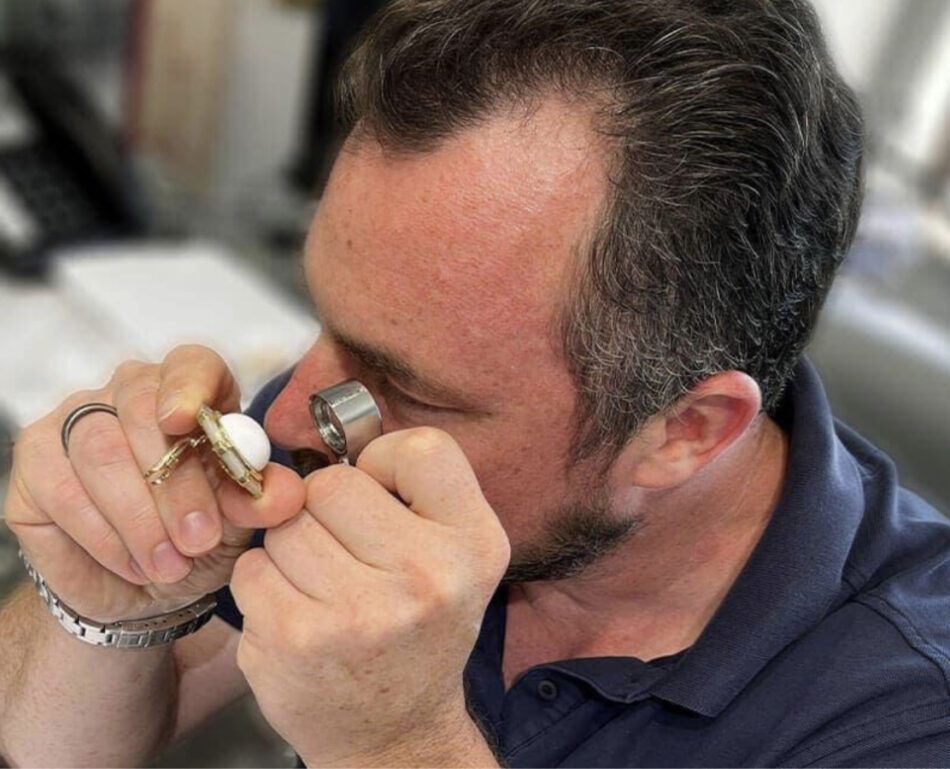
What distinguishes Buccellati designs from those of other major jewelry houses, like Cartier or Van Cleef & Arpels?
Companies such as Cartier and VCA have turned to some incredible designers over the years. Designers such as Aldo Cipullo and René Sim Lacaze have designed iconic works for these jewelry houses. The distinction then becomes one of outside design versus tradition. Even though business is now being conducted through the Richemont Group, the design cues still come from the Buccellati family members, who take great pride in the traditions of their craftsmanship and namesake.
How do vintage Buccellati designs differ from contemporary ones?
Vintage Buccellati designs are more similar to newer designs than one might think. Even though changes have been made to the methods of production, the art of the detail hasn’t been lost.
Is it easy to spot a fake Buccellati ring?
That depends. I have seen fakes that were almost amateurish and others that have been done by some professional counterfeiters.
How can you tell if a piece of jewelry is an authentic Buccellati?
The detail in Buccellati designs might be imitated, but it is never duplicated. Authentic Buccellati pieces only use certified gemstones. Counterfeiters often use methods and materials that are cheaper — like gold plating — and result in poor quality or even asymmetrical designs. But for the more detailed fake, the appearance might be so similar that only a trained eye can catch whatever clue was missed by the counterfeiter. The markings on a Buccellati piece can be rudimentary in comparison to those of some other high-jewelry designers. However, sometimes, as with other forgeries, it is understanding their idiosyncratic nature that allows you to recognize the fake from the authentic.
